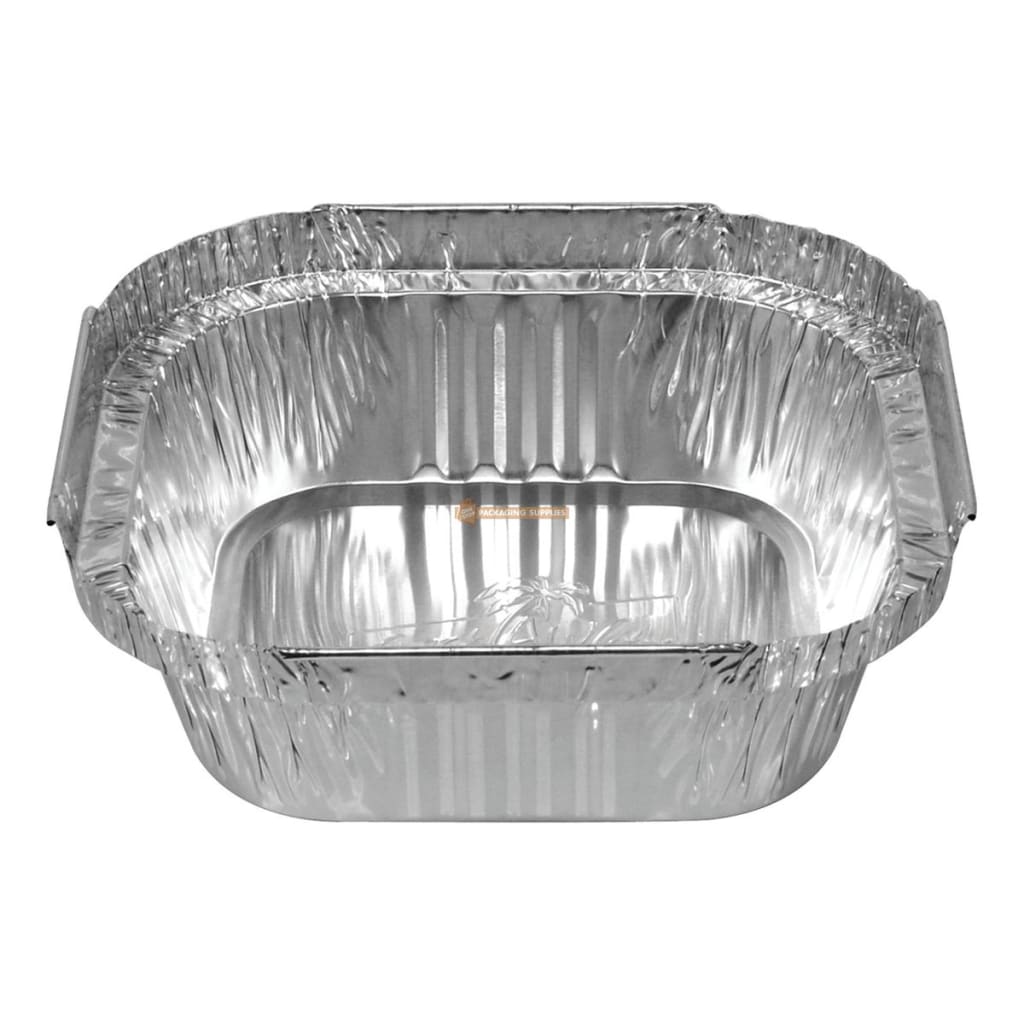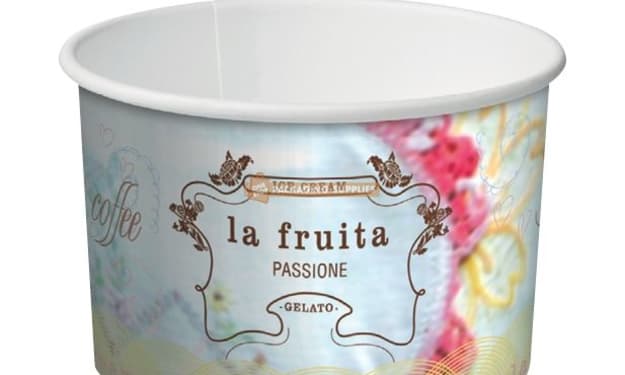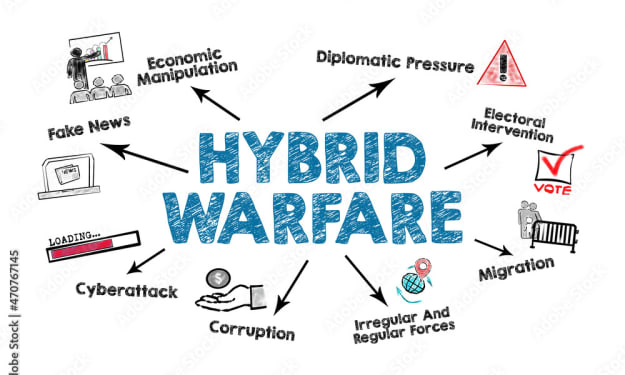Are plastic containers safe to package food?
packaging plastic container

Only 9% have been recycled from all plastic waste. This cheap material has a high cost. It contributes to global warming and pollution. Plastic products can contain thousands of compounds, but we know very little about the majority of them. However, we know a few things about some plastic chemicals found in packaging plastic container are alarming.
The Centers for Disease Control and Prevention have found measurable levels of phthalates in the US. They are used to make plastic flexible and can be found in plastic wrap and food packaging. In animal studies, they were linked to reproductive dysfunction. Some researchers also suggested that they could be linked to asthma, neurodevelopmental problems, and decreased fertility in humans.
BPA, another chemical commonly used in food plastics has come under increasing regulation after several studies linked it to reproductive harm and neonatal brain damage. BPS and BPF are two common substitutes in products that claim to be BPA-free. Studies from the University of Texas as well as Washington State University have shown that BPS can disrupt cell function even at a level of 1 part per trillion. New York University's 2019 study linked childhood obesity to BPS and BPF.
Plastic is made with many chemicals, many of which are added during manufacturing. Researchers acknowledge that there are still many questions about how these chemicals affect development and health. Research is increasing that raises concerns about this "miracle material".
What's inside those take-out containers?
Food containers are only one part of a large chain of plastic products that touch the food we eat. These include coated conveyor belts in food production lines, disposable clamshells, clear carrot bags, plastic containers for packaging, and milk jugs.
Researchers claim it is hard to determine which plastic containers are safe if there is not more transparency on the chemicals used in everyday plastic materials.
The Food Packaging Forum (FPF), a Swiss-based non-profit that focuses on food packaging science, created a database with more than 900 chemicals "likely" to be used in plastic packaging production. Another 3,400 chemicals were "possibly" included. Researchers found that 60% of those 4,300 chemicals did not contain any available hazard data.
The plastics industry created standardized identification codes in 1988 for seven of the most popular types of plastic resin currently in circulation. The numbers on yogurt tubs and soda bottles will tell you what kind of plastic you are drinking or eating. Low-density polyethylene and polypropylene are the main materials used in food containers, both takeout containers as well as those that can be reused.
Researchers don't know exactly how much chemical exposure is caused by food packaging or storage containers. However, they do know that plastic is not a stable material. Experts believe that polyethylene and/or polypropylene may be broken down by heat, such as in the dishwasher and microwave, releasing unknown chemicals into food or drinks. Some plastic chemicals are attracted to oily foods.
It is difficult to determine exactly which chemicals are in plastic food containers because of the complex chemistry involved in making plastics. Plastic production can create reaction byproducts and free radicals that could lead to the creation of chemical ingredients that are not the final product. In addition to known chemical ingredients, there are impurities and non-intentionally added substances (Nias).
Even manufacturers don't know the exact chemical composition of the materials in their products down to the smallest molecule. There are few studies that focus on the end-product of plastic chemicals rather than on individual source chemicals. German and Norwegian researchers tested the effects of plastics on cells using real-world items like shampoo bottles, yogurt cups, and refillable water bottles in a paper published in Environmental Science & Technology journal last year. The researchers discovered compounds in consumer plastics that can be toxic in vitro but have not been identified.
Every plastic used in food packaging is subject to rigorous testing. Before any plastic food packaging makes it to the US Food and Drug Administration, it has been thoroughly tested by toxicologists and chemists. If the label indicates the intended use, plastic food containers and beverage containers can be safely stored in the microwave, dishwasher, or combination thereof. One manufacturer stated.





Comments
There are no comments for this story
Be the first to respond and start the conversation.